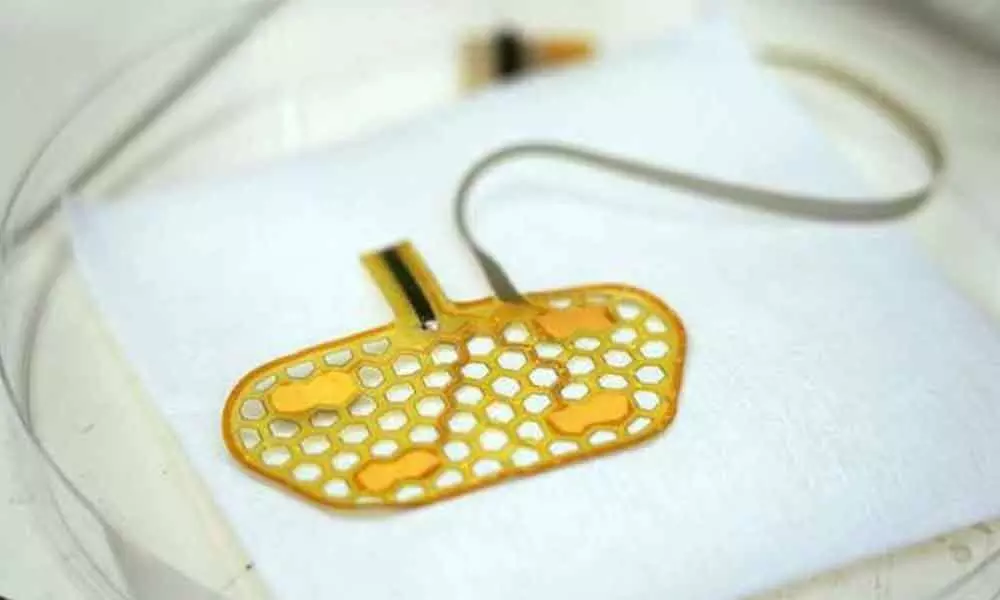Wearable monitoring device helps people with swallowing disorders: Study

Researchers have successfully completed pre-clinical trials for a wearable monitoring device that makes treatments easier and more affordable for people with swallowing disorders which affects millions of people around the world.
Researchers have successfully completed pre-clinical trials for a wearable monitoring device that makes treatments easier and more affordable for people with swallowing disorders which affects millions of people around the world.
The study, published in the journal Science Advances, noted that successful swallowing requires the precise coordination of more than 30 pairs of muscles of the head and neck, six pairs of cranial nerves, and complex circuitry in the brainstem and several brain areas. It said that any disruption in these pathways can result in severe swallowing disorders.
The researchers, including those from Purdue University in the US, said many devices to help people with swallowing disorders are expensive, and cannot be taken home, making them inaccessible in many rural areas. In the study, the researchers describe their new device as a skin-mountable sensor sticker that firmly attaches to the neck area, and is connected with small cables to a wireless transmitter unit.
They said the sticker measures and records muscle activity and movement associated with swallowing. The information collected by the sensor is then sent wirelessly by a separate unit clipped on the wearer's shirt to a software that stores it for later analysis by a doctor. "Our device is unique in that we specifically created it to work well with the small and intricate muscles associated with swallowing events," said Chi Hwan Lee, study co-author from Purdue University.
"The sensor sticker is stretchable and flexible to work well with the skin and curvilinear head and neck shape, while the connected unit has electronic chips and more rigid components," Lee added. These stickers, the researchers said, are disposable, designed with inexpensive components and meant to be used about ten times before they are thrown away.
















